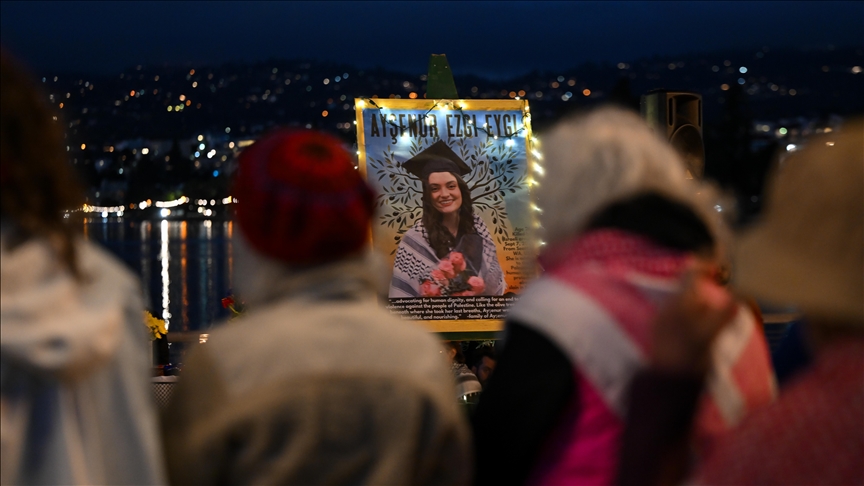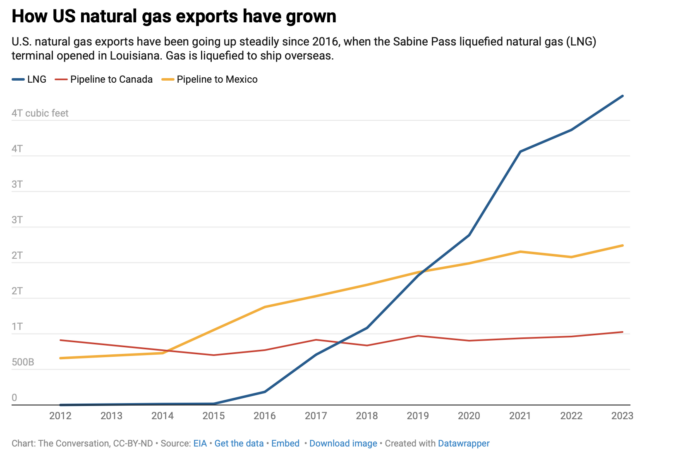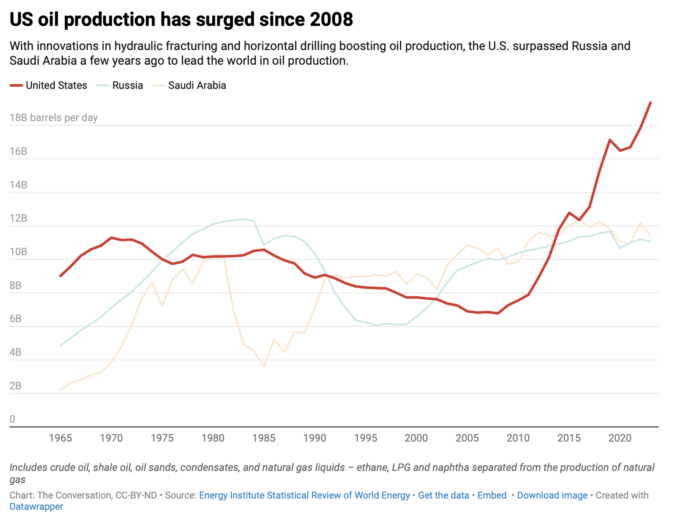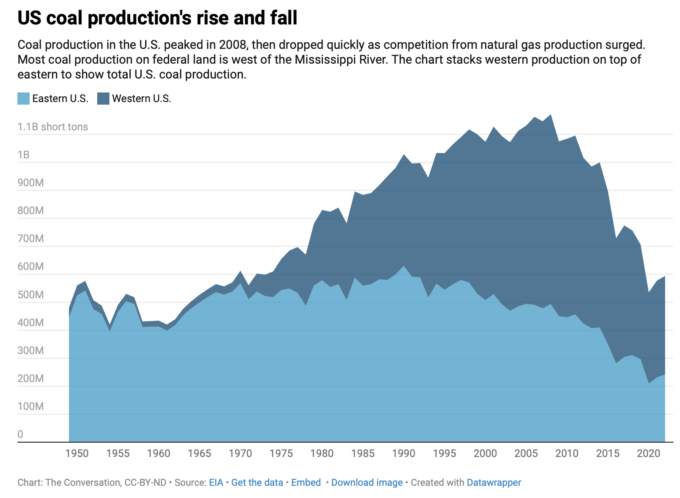‘Apparently it was an accident -- it ricocheted off the ground, and she got hit by accident,’ Biden told reporters
Diyar Güldoğan |11.09.2024 -

WASHINGTON
US President Joe Biden called the shooting last week of a Turkish American activist in the head by an Israeli sniper in the occupied West Bank an "accident."
"Apparently it was an accident -- it ricocheted off the ground, and she got hit by accident. I'm working that out now," Biden told reporters Tuesday.
Aysenur Ezgi Eygi, 26, was fatally shot by Israeli forces on Friday during a protest against illegal Israeli settlements in Beita, a town just outside of Nablus.
The Israeli army said Tuesday that it is “highly likely” that Eygi was “indirectly and unintentionally” hit by fire from its forces.
Earlier, US Secretary of State Antony Blinken said Israel’s killing of Eygi was "unprovoked and unjustified" and that it is "unacceptable."
Eygi, born in Antalya, Türkiye in 1998, graduated in June from the University of Washington, where she studied psychology and Middle Eastern languages and cultures.
She arrived in the West Bank last Tuesday to volunteer with the International Solidarity Movement as part of an effort to support and safeguard Palestinian farmers.
Robert Wood says US officials remain in contact with Israeli authorities to gather all the details
Merve Gül Aydoğan Ağlarcı |11.09.2024 - TRT/AA

HAMILTON, Canada
US deputy envoy to the UN Robert Wood reacted Tuesday to criticism over Washington’s response to the killing of Turkish American activist Aysenur Ezgi Eygi by Israeli forces, emphasizing that there is "no difference between American citizens" when it comes to such tragedies.
Responding to a question from Anadolu at the UN headquarters in New York about the killing of Eygi in the occupied West Bank last Friday, Wood said he had seen the preliminary findings from Israel’s investigation.
"The Israelis said and they believe that she was unfortunately killed, not intentionally by the IDF," he said.
Wood said he expresses deep concern over the death of any American citizen and noted that US officials remain in contact with Israeli authorities to gather all the details.
'It is a tragedy'
Conveying his condolences to the family of the slain Turkish American activist, Wood said "it is a tragedy."
"We want to try to limit these things from ever happening again," he added.
When pressed about the perceived difference in the US administration's response to Eygi’s death compared to the swift reaction following the killing of other American citizens like Israeli American Hersh Goldberg-Polin, who was among six hostages recently found dead in Gaza, Wood said he did not know the exact details of "what has transpired."
"The president was very concerned about this issue. He has been in close touch with his advisors about it," he said.
Emphasizing that President Joe Biden’s team is also in constant communication with its Israeli counterparts, Wood said: "So please don't take the fact that he may not have already met or already spoken with somebody from the family to mean that there's some kind of a difference here. There's no difference between the two Americans or Americans."
Biden has a long history of reaching out to bereaved victims' families, including the family of Goldberg, who was killed in Hamas captivity after being taken hostage during the Palestinian group’s Oct. 7 cross-border attack on Israel.
Biden spoke repeatedly with Goldberg's parents, Jon and Rachel, while he was in captivity and after he was killed.
It is unclear if the White House is trying to set up a call with the Eygi family.
Eygi, 26, a dual US and Turkish citizen, was fatally shot by Israeli forces on Friday during a protest against illegal Israeli settlements in Beita, a town just outside the city of Nablus in the occupied West Bank.
Witnesses reported that Israeli soldiers opened live fire on demonstrators. Though she was standing away from the main protest area, she was fatally shot in the head. Despite being rushed to a hospital, medical workers were unable to save her.
Eygi, born in Antalya, Türkiye in 1998, graduated in June from the University of Washington, where she studied psychology and Middle Eastern languages and cultures.
She arrived in the West Bank on Tuesday to volunteer with the International Solidarity Movement as part of an effort to support and safeguard Palestinian farmers.
Eygi's family released a statement urging the Biden administration to order an independent investigation into her killing.
*Serife Cetin contributed to this story from New York
Israeli activist, protesting Israeli policies, says soldier who shot Aysenur Ezgi Eygi 'took a kill shot,' adds: 'That kill shot was no isolated incident'
Enes Canli |09.09.2024 -

WEST BANK, Palestine
Palestinian eyewitness Mounir Khdair said that the Israeli sniper who killed Turkish-American citizen Aysenur Ezgi Eygi in the West Bank last Friday cried out for joy after shooting her.
Khdair told Anadolu: "After shooting her, he was happy, he shouted for joy."
'It's time this murder leads to accountability'
Jonathan Pollak, an Israeli activist who who has been taking part in protests against Israel in the region for many years, said that on the day of the shooting in the village of Beita, near Nablus, soldiers quickly dispersed protesters after Friday prayers in the village with tear gas and live bullets.
He added: “The soldier who did this took a kill shot. That kill shot was no isolated incident. It happens in the context of the escalation and violence in the West Bank. The bullet that killed Aysenur is the same bullet that killed people in Nur Shams and Jenin.
"It’s the same bullet that killed a 13-year-old girl the same day just a few kilometers south of here. These are the same American-funded bullets that Israel uses to perpetrate genocide in Gaza with complete impunity.
"This happens because the world doesn’t demand accountability and the world, shamefully, supports Israel. It's time that if anything, this murder will bring about some accountability and an end to Israeli colonialism over the Palestinian people.”
On the Israeli army claim that the soldiers opened fire since they felt threatened by people throwing stones, Pollak underlined that things were very calm when the shots were fired.
The Israeli army spokesperson's office did not respond to Anadolu on questions about Eygi's death.
Eygi, 26, a dual Turkish-US citizen, was shot dead by Israeli forces during a Friday protest against illegal Israeli settlements in the town of Beita in the occupied West Bank.
Eygi’s killing echoes the case of American-Palestinian journalist Shireen Abu Akleh, who was killed in a similar way in 2022, drawing widespread outrage.
The violence against West Bank protests takes place amid Israel’s continued devastating military offensive in the Gaza Strip since a Hamas attack last October that claimed 1,200 lives and around 250 others were taken as hostages.
Nearly 41,000 Palestinians have since been killed in Gaza, mostly women and children, leaving vast tracts of Gaza in ruins and most of the population homeless and in desperate need of aid.
*Writing by Serdar Dincel
 Anadolu Agency website contains only a portion of the news stories offered to subscribers in the AA News Broadcasting System (HAS), and in summarized form. Please contact us for subscription options.
Anadolu Agency website contains only a portion of the news stories offered to subscribers in the AA News Broadcasting System (HAS), and in summarized form. Please contact us for subscription options.Related topics








